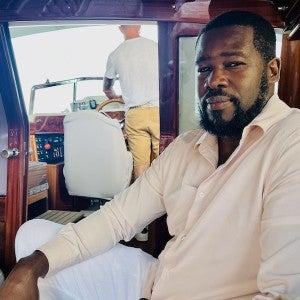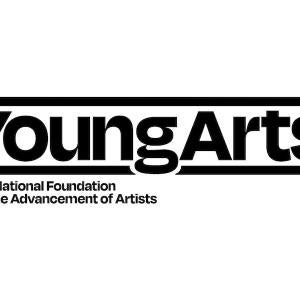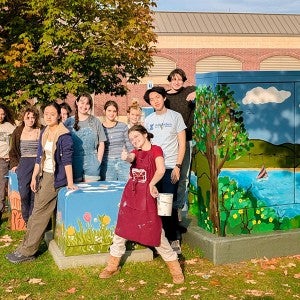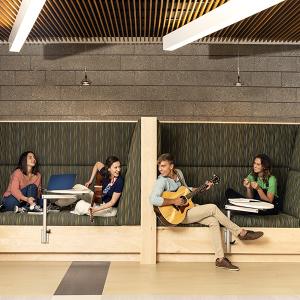Roger Thomas: How Interlochen helped shape a career in design
"Interlochen showed me that a profession in the arts was an actual possibility," says alumnus Roger Thomas who studied metalsmithing and ceramics at Interlochen.
It has been said that all things change, either by design or by chance. And indeed, the Interlochen campus has seen changes, renovations and complete razings over the years. The Jesse V. Stone Recreation Building became the Bonisteel Library. The fieldstones of Giddings Hall, so lovingly erected in 1933, were cleared away to make room for the Mott Language Arts Rotunda, the Scholarshop and the eastern arm of the Maddy Building. The old often gives way to the new, but sometimes buildings are not destroyed, just reinvented. All it takes is a person with vision.
Enter Roger Thomas, Interlochen alumnus and famed interior designer, best known for his work as executive vice president of design for Wynn Design and Development. Having transformed most of Las Vegas into the grand show-stopping resort town that it has become over the past 30 years, Thomas is one of those rare individuals who has an eye for design, almost instinctively knowing what a space needs to elevate it. His talents took a small town full of hotels with casinos and changed it into a tourist destination full of lavish resorts and amazing skylines. Working with family friend Steve Wynn, Thomas helped re-create Vegas one hotel at a time—first with the Mirage, then Treasure Island, the Bellagio and the Wynn Las Vegas, all between 1989 and 2005. But in 1967, he was simply a high school junior who wasn’t quite sure what to do with his talent or himself.
“I knew I wanted to be an artist at around age 7 or 8,” Thomas said. “But I never quite felt like I fit in. I was one of five children, and I retreated into drawing—and acting out.”
Thomas remembers his early childhood as confusing and frustrating at times, leading him to make poor choices. “I was self-destructive,” he said. “I was terrible in math and so forth, but my parents saw my passion for drawing and began looking for ways to channel it. They knew education was the key to most difficulties, and looked for a school that would meet my needs.”
According to Thomas, his father saw an article on Interlochen in Life Magazine and showed it to his son. “And, well, that was just it. I remember reading about it and feeling like, ‘Oh, my god! This is exactly where I want to be.’ I started at Interlochen a month and a half later.”
He credits Interlochen with helping him focus both his artistic skills and his frustrated soul. “I found myself for the first time; it changed my life entirely. I realized my love for art had currency and it gave me a new sense of worth. Interlochen showed me that a profession in the arts was an actual possibility.”
The idea that Interlochen would be interested in a student with his academic scores still fascinates Thomas. “I was never a candidate for Yale,” he says. “But this place of high-caliber minds admitted me on the strength of my portfolio, despite my low grades. It proved to me that if you’re not a good student but you’re passionate about what you do, then there’s hope.”
Thomas has fond memories of his time here on campus, and of the instructors that taught him to believe in himself and his talents. “Amazingly, I was originally a harpsichord minor!” he said. “Is that even still a thing? But I went on to arts and music and was amazed by how well equipped the arts department was. I was sold. So I became a painting major with a smithing minor. I remember my painting instructor, Mr. Alley. He was entirely unique in that he held conversations, adult, intelligent conversations, with everyone in the class about events going on in the art world. He spoke to us as intelligent people, not just students.
“Jean Parsons was my ceramics teacher. I remember she was really tough. She was committed and driven, and I admired her because both she and her students stayed the latest and worked the hardest. She was very demanding, but I think that made us grow the most. She taught me how to set a goal and make it happen, which is something I still do to this day, thanks to her.”
Thomas took the lessons he learned at Interlochen—focusing on his craft, channeling his passion, taking risks and believing in his vision—and applied them to his educational and professional career. He remembers those formative artistic years as having helped him grow—they built him up, restored his faith in himself and helped him hone his ideas of what design could be. Las Vegas is different because of Roger Thomas, just as Roger Thomas is different because of Interlochen. Either by design, or just chance.







